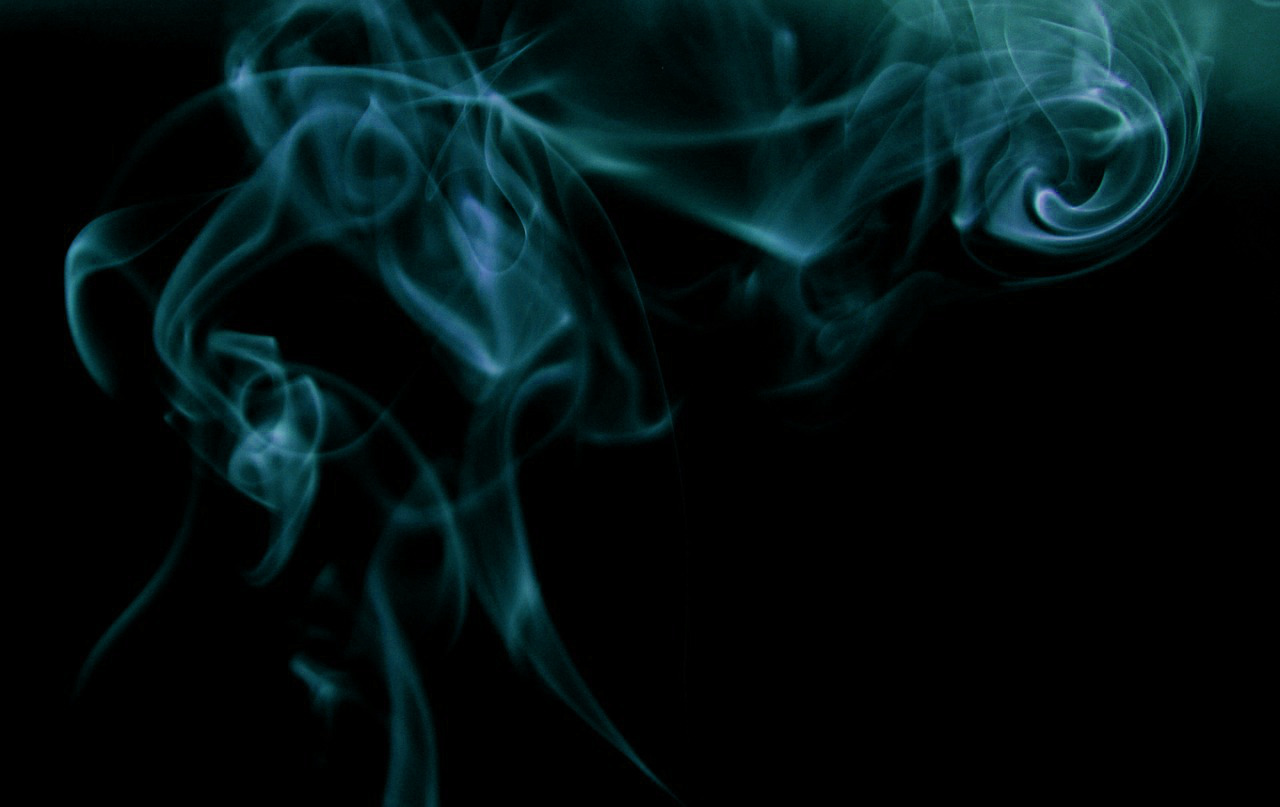Scent of Science

Can we use strategies similar to those of moths to find scientifically interesting locations in space? This study aims at investigating the use of similar strategies in connection to the localisation of different types of sources.
The problem of autonomously locating areas of rich scientific content is compared to that of odour-source localisation, i.e. the sought locations (initially unknown) are treated as sources that spread information (or clues) in their surrounding; navigation under such conditions is based on reasoning upon those hints, using them to trace back the path to their origin [1]. This problem is complex when dealing with environments where clues are sparse and subject to randomness. It is a frequent situation in biology, and is solved daily by animals looking for food or mates. An illustrative example is that of a moth tracking a female in an open space; only seldom pheromones encountered along the way are at its disposal to guide the search in a world ruled by turbulent winds. Scent-tracking is one of the most remarkable examples of source localisation in nature. It has been widely studied and mimicked, in part due to its utility to solve problems for which engineering approaches usually show poor performance (e.g. gas-leak or pollutant detection), and has led to the development of efficient computational strategies [2]. Unlike purely reactive control designs, these strategies utilize knowledge of the source environmental footprint (i.e. a model of the expected distribution of clues around an odour-source) that helps infer where to move.
the project
This study aims at investigating the use of similar strategies in connection to the localisation of different types of sources, and in situations where additional constraints arise (such as the limited measuring capabilities typically faced in planet exploration, and the high energy costs and time delays involved in satellites' trajectory adjustments). The conjecture is that some scientifically interesting aspects can be modelled like sources, which spread the equivalent of a scent-plume according to a recognizable dynamics model that helps in localizing the source.
The main objective of this study is to assess the potential of using odour-source localization as a paradigm (i.e. use of a model about the effect of the source on the environment, and employ it to reason about the world as clues are encountered) to design the path-planning layer of an autonomous space agent (rover, UAV, survey satellite etc). This implies the following steps:
- Model sources that are related to space exploration. A source is a scientifically-interesting area on the planetary surface, that spreads clues in the surroundings in a way that can be statistically modelled.
- Use this model to create and update the source-uncertainty map of the source location as the agent proceeds along its path and encounters clues. Examples could include probabilistic / Bayesian reasoning, stochastic representations (e.g. diffusion processes), or cognitive-inspired architectures for uncertainty representation. One requirement is that the area of interest is not to be confined in advance, excluding the use of fixed rectangular maps with a relatively small number of cells.
- Use the proposed uncertainty map to guide the search.
- Assess the performance of the navigation strategy (as a function of the cost of retrieving clues, the success of localizing the source and the time to reach the goal have to be considered as criteria), and compare it with respect to simpler search-models that do not employ the internal model (e.g. stochastic gradient). Finally, evaluate the effect of varying the cost in the strategies adopted.
The Advanced Concepts Team performed this study together with the Department of Mechanical & Aerospace Engineering of Carleton University.
literature
- Murlis, J., Elkinton, J. S., and Carde, R. T. (1992). Odor plumes and how insects use them. Annu. Rev. Entomol. 37, pp. 479 to 503.
- G. Kowadlo and R.A. Russell (2009), Improving the robustness of naive physics airflow mapping, using Bayesian reasoning on a multiple hypothesis tree, Robotics and Autonomous Systems, 57:723-737